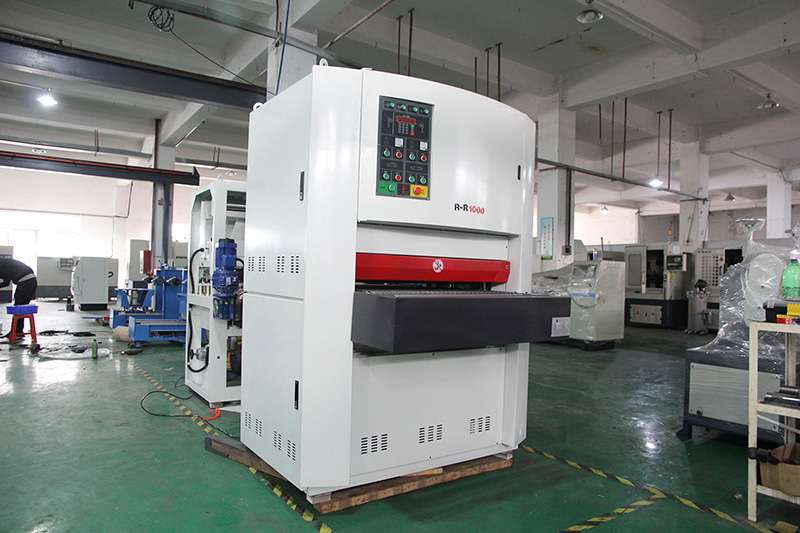In the world of manufacturing and fabrication, precision plays a vital role in achieving exceptional product quality. One commonly overlooked but crucial step in this process is sheet deburring. By effectively removing burrs and sharp edges from metal sheets, this technique not only enhances the aesthetics of the finished product but also guarantees safety and functionality. In this blog, we delve into the significance of sheet deburring and how it revolutionizes the entire manufacturing process.
Understanding Sheet Deburring:
Sheet deburring is the technique of removing burrs and sharp edges from metal sheets, typically produced during the cutting, punching, or shearing processes. Burrs, which are small, unwanted pieces of metal formed by cutting or machining operations, can affect the overall quality, functionality, and safety of the final product. By utilizing various deburring methods, manufacturers can ensure clean, smooth, and precise metal sheets that meet the highest standards.
Enhanced Product Aesthetics:
One of the primary reasons for incorporating sheet deburring into the manufacturing process is the improved product aesthetics. Burrs disrupt the smoothness of the metal surface, giving it an unattractive, unfinished appearance. By removing these burrs, manufacturers can achieve visually appealing metal sheets that contribute to an overall professional look. Eliminating imperfections translates into enhanced customer satisfaction and reinforces the brand’s reputation for delivering impeccable quality.
Functionality and Safety:
Besides their impact on aesthetics, burrs can pose significant risks to both users and machinery. For instance, sharp edges on metal sheets can cause injuries to workers during handling, leading to potential legal liabilities and decreased employee morale. In addition, burrs left on the surface can damage surrounding components or hinder the proper functioning of the assembled parts. By prioritizing sheet deburring, manufacturers can ensure the safety of end-users, minimize costly repairs, and avoid potential accidents.
Deburring Techniques and Methods:
Sheet deburring can be accomplished through various techniques and methods, each suited for specific applications and production requirements. Some common deburring methods include manual deburring, mechanical deburring, and chemical deburring. The choice of technique mainly depends on factors such as the size and material of the metal sheet, desired throughput, and cost considerations. Automated deburring solutions have gained significant popularity due to their efficiency, precision, and reduced labor requirements.
Benefits of Automated Deburring:
Automated deburring machines equipped with cutting-edge technology have revolutionized the sheet deburring process. These advanced systems offer numerous benefits such as increased productivity, improved precision, and reduced operational costs. Integrating robotic solutions into the manufacturing workflow means faster cycle times, consistent quality control, and reduced human error. Additionally, automation allows for process customization, enabling manufacturers to meet specific design requirements while maintaining impeccable efficiency.
Sheet deburring may seem like a minor step in the manufacturing process, but its impact on product quality, safety, and functionality cannot be overstated. By prioritizing this crucial aspect, manufacturers can deliver metal sheets that are not only visually pleasing but also ensure user safety and enhance overall functionality. Embracing advanced deburring techniques, such as automation, empowers manufacturers to achieve unparalleled precision, gain a competitive edge, and leave a lasting impression on the market. So let’s unleash the power of sheet deburring and unlock the potential for excellence in every manufacturing endeavor.
Post time: Oct-25-2023

